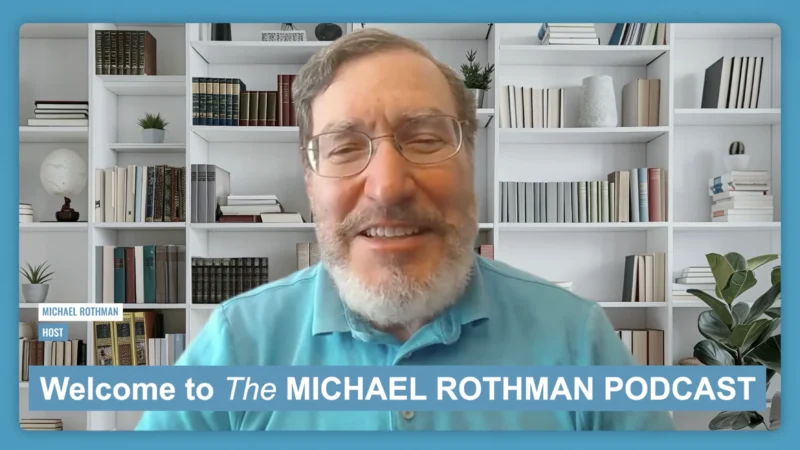Host Daniel Litwin on Why Vendors Should Secure DHA/DLA Contracts
When it comes to procurement at the highest level, contracts can become a complicated business. Medical grade equipment for the military always requires next-level due diligence throughout the ordering process and, because of this, procurement can often take months to a year to finalize. With internal solutions like Electronic Catalog (ECAT), there are now ways to not only save money on procurement but also time.
Bob Charron sits down on the with host of the Champions of Care, a podcast to discuss the differences between different major contracts and their solutions such as Defense Health Agency (DHA), Defense Logistics Agency (DLA), and ECAT. He goes in depth on how these solutions streamline processes that once took 60-90 minutes to complete.
The world of procurement is one that leaves no stone unturned to get equipment in the hands of customers and because of that, the process would often take a long time. Charron talks about how this problem with efficiency led to changing how vendors did business. “Initially it all started when we needed some sort of vehicle to procure more efficiently and to get the best possible cost from the vendor community,” he said.
This change in procurement came on the heels of new innovations that made improving old systems far easier. In using new tools and means of communication, solutions like ECAT were able to be born. Charron talks about this change, “We’re seeing as time has evolved, technology has improved, communication has improved, and access to information has improved, I think there’s sort of a move to streamline it further.”
Thanks to solutions like ECAT and new contracts, equipment can get into the hands of customers without a long delay. The process is now also streamlined for easier ordering, using the essential tools to pull off procurement while eliminating the old tools that take up time and money for little to no use.








